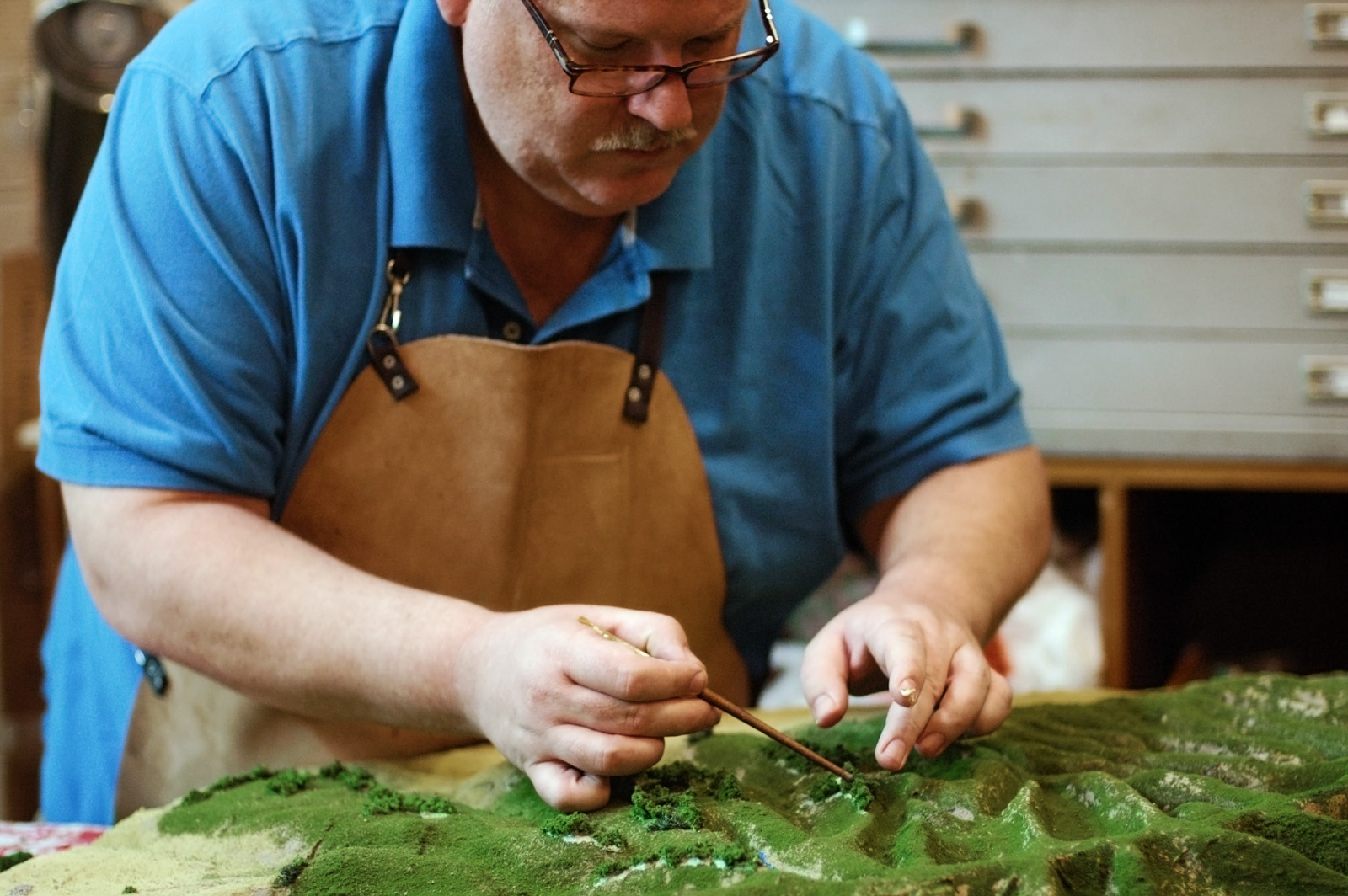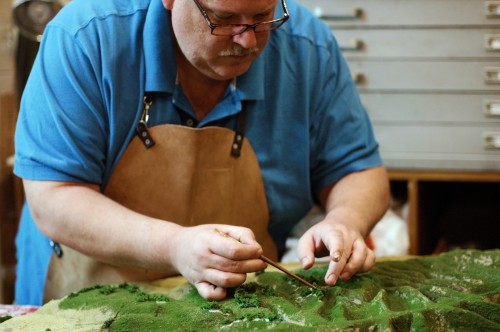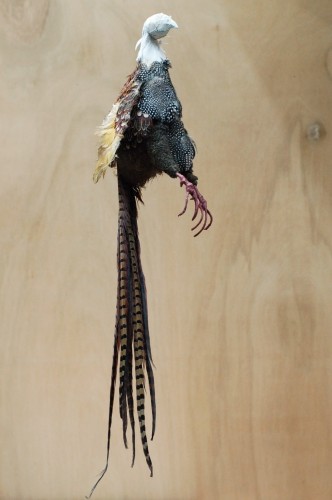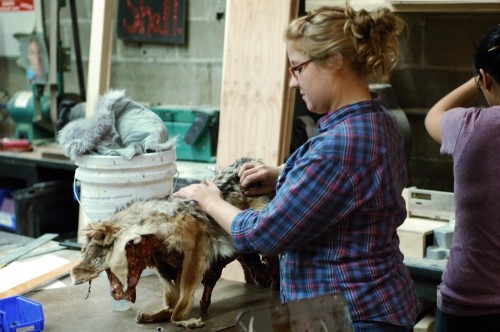The following comes from a newspaper article about the property shop of E. L. Morse on Twenty-ninth Street in New York City. The article first appeared in The New York Times on May 8, 1904, and Mr. Morse property shop is long gone.
Maker Must Know a Lot
Any one who thinks the making of properties requires only mechanical skill is vastly wrong. The artisan must know much about the art and customs of the time in which the action of the play takes place. If the scene is in Venice, he must not make a vase that looks as if it had come from Grand Rapids, Mich., or some other American manufacturing center. If he has to furnish to a follower of Richard Plantagenet an axe or spear it would never do to make one such as a North American Indian used on the scalps of the early settlers.
When Mr. Morse undetakes to furnish properties for a play, the book of the play is given to him, just as it is to the actor or the scenic artist. He reads not only the play itself, but any books that may gibe him information about the customs and arts of the people and times. He tries to absorb as much of the atmosphere of the play as he can before he begins work on the articles themselves. In short, he does not merely copy. He creates.
He not only molds the properties. He designs them. Before he thinks of forming the final objects he makes a miniature model of the entire scene. If a visitor once sees one of these tiny models he wonders why such things ever should be thrown away. But, as the skilled artisan has told him, they generally are tossed aside when the job for which they were made is finished.




